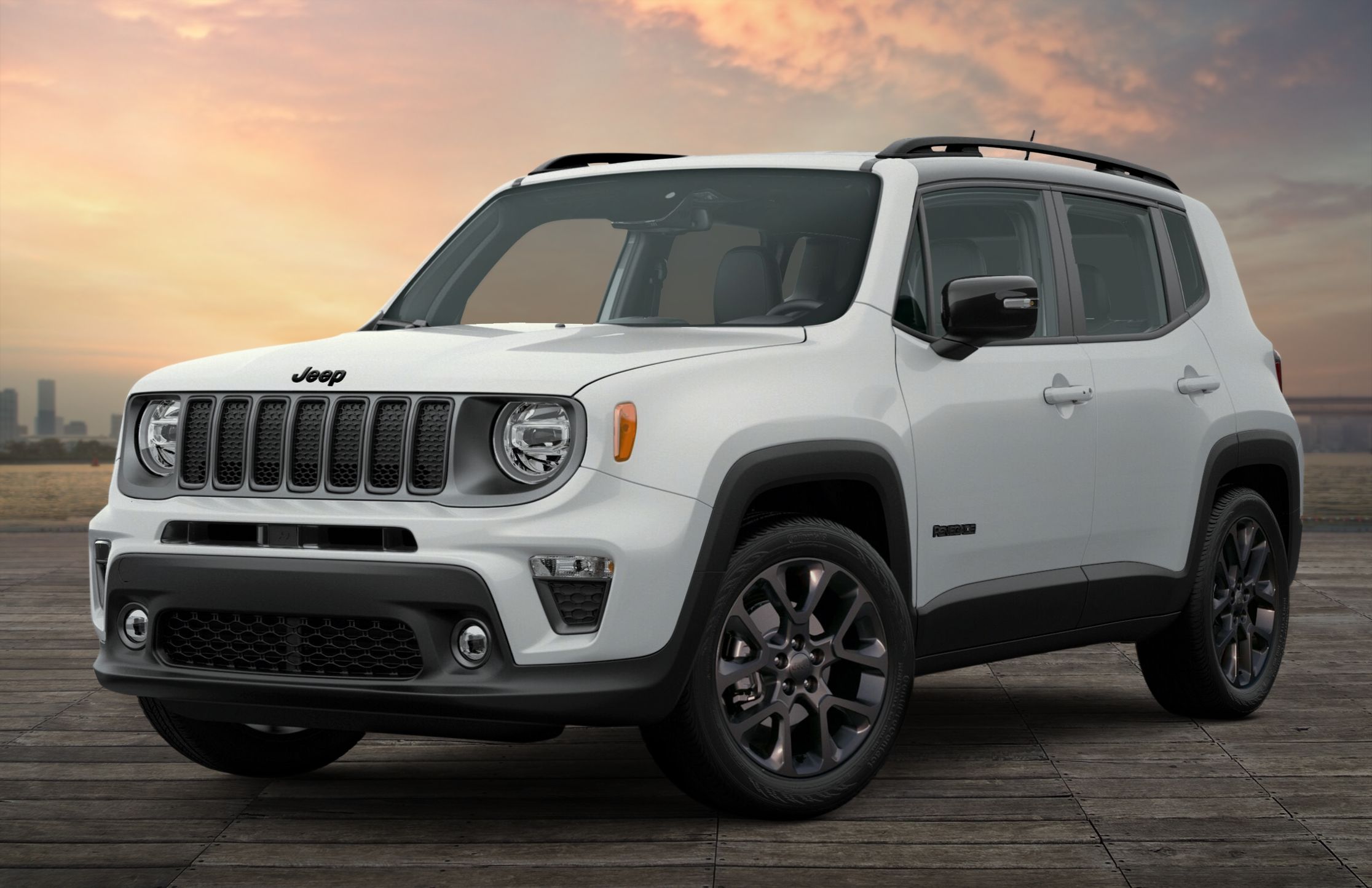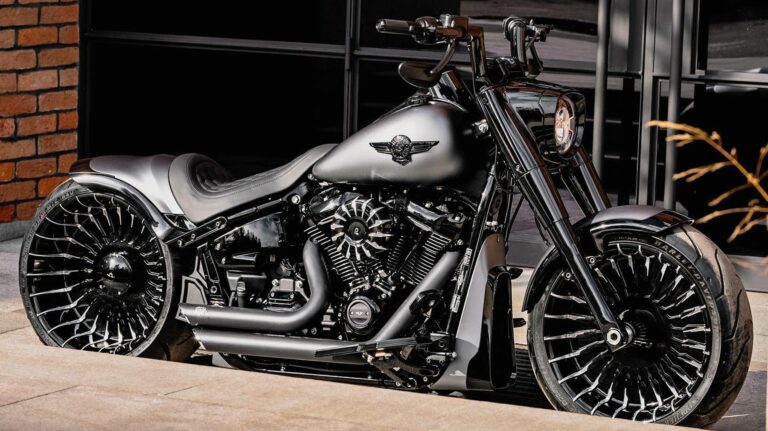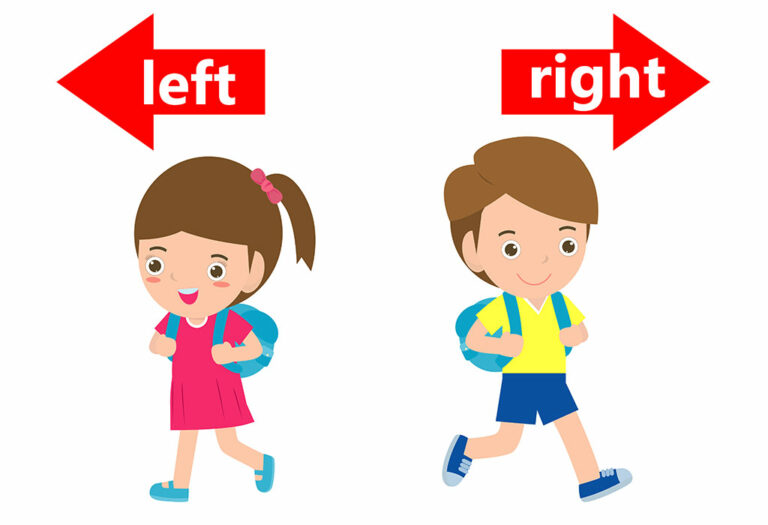Jeep TJ Axles For Sale: A Comprehensive Guide to Upgrading Your Wrangler’s Backbone
Jeep TJ Axles For Sale: A Comprehensive Guide to Upgrading Your Wrangler’s Backbone jeeps.truckstrend.com
The Jeep Wrangler TJ (1997-2006) holds a revered place in the hearts of off-road enthusiasts, celebrated for its robust frame, coil-spring suspension, and iconic design. However, like any vehicle pushed to its limits, certain components can become bottlenecks to performance or simply wear out over time. Among the most critical of these components are the axles. For anyone looking to repair, upgrade, or custom-build their TJ, understanding the world of "Jeep TJ axles for sale" is paramount. This guide will delve deep into everything you need to know about these vital drivetrain elements, helping you make informed decisions to enhance your Wrangler’s capabilities.
Why Upgrade or Replace Your TJ Axles? The Foundation of Off-Road Prowess
Jeep TJ Axles For Sale: A Comprehensive Guide to Upgrading Your Wrangler’s Backbone
Axles are the backbone of your Jeep’s drivetrain, connecting the differential to the wheels and bearing the brunt of power delivery and terrain forces. For TJ owners, the quest for "Jeep TJ axles for sale" often stems from several key motivations:
- Damage or Wear: Off-roading is tough on components. Bent axle housings, worn-out bearings, damaged splines, or snapped axle shafts are common casualties that necessitate replacement.
- Larger Tires: As tire sizes increase (e.g., 33-inch, 35-inch, or even larger), the stock axles, particularly the Dana 30 front and Dana 35 rear, become the weakest link. The added leverage and strain from bigger tires can lead to premature failure.
- Improved Gearing: Larger tires also demand lower (numerically higher) gear ratios to restore lost power, maintain drivability, and improve off-road crawl capabilities. Axle swaps often come with the opportunity to install optimal gearing.
- Enhanced Strength and Durability: For serious rock crawling or challenging trails, aftermarket or heavy-duty swapped axles provide superior strength, reducing the risk of breakage and increasing confidence.
- Locker Installation: Many enthusiasts seek to add traction-aiding devices like lockers. While some can be installed in stock axles, stronger axles provide a more robust foundation for the added stress lockers introduce.
- Wider Stance: Aftermarket axles can offer custom widths, providing a wider track for increased stability, especially beneficial with taller lifts.

Understanding Stock Jeep TJ Axles: The Starting Point
Before considering upgrades, it’s crucial to understand the axles that came standard on the Jeep TJ:
- Front Axle: Dana 30 (High Pinion)
- Pros: Generally reliable for stock or mildly oversized tires (up to 33 inches), high pinion design offers good driveshaft angle.
- Cons: Relatively small U-joints, 27-spline inner and outer shafts, thin axle tubes, C-clips on the outer shafts (though less problematic than the rear Dana 35’s C-clips). Prone to bending or breaking with aggressive use or larger tires.
- Rear Axle: Dana 35 (Low Pinion, Non-C-Clip or C-Clip)
- Pros: Adequate for stock tire sizes.
- Cons: Widely considered the weakest link in the TJ’s drivetrain for off-road use. It features small 27-spline shafts and a differential housing prone to flexing or breaking under stress. Early TJs (1997-2000) typically had non-C-clip Dana 35s, while later models (2001-2006) often had C-clip versions, which can lead to a wheel coming off if an axle shaft breaks.
- Rear Axle: Dana 44 (Low Pinion, Non-C-Clip)
- Pros: A significant upgrade over the Dana 35. It features larger 30-spline shafts, a stronger ring and pinion, and a more robust housing. Crucially, it’s a non-C-clip design.
- Cons: Was an optional upgrade on some TJs (often Rubicons, or specific packages). Still not as strong as heavier-duty axles but excellent for most moderate to difficult trails with tires up to 35 inches.
Types of Aftermarket and Swapped TJ Axles
When searching for "Jeep TJ axles for sale," you’ll encounter a variety of options, each with its own benefits and drawbacks:
-
Bolt-in Aftermarket Axle Assemblies:
- Description: These are complete, purpose-built axle assemblies designed specifically for the TJ. Manufacturers like Currie Enterprises (Currie RockJock), Dynatrac (ProRock, Trail-Series), G2 Axle & Gear, and TeraFlex offer these.
- Pros: Direct bolt-in fitment, often come with heavy-duty components (chromoly shafts, thicker tubes, stronger housings), available in various widths, gearing, and with lockers pre-installed. Superior strength and durability.
- Cons: Most expensive option.
- Ideal For: Serious off-roaders, those seeking ultimate reliability and performance, or individuals building a high-end rig.
-
Swapped Axles from Other Vehicles:
- Description: Involves adapting axles from other vehicles to fit the TJ chassis. Common swaps include:
- Ford 8.8 (Rear): Found in Ford Explorers (1995-2001). Stronger than a Dana 35, often comes with disc brakes, 31-spline shafts, and available with limited-slip differentials. Requires significant fabrication (welding new mounts, shortening, re-drilling bolt patterns).
- Ford Dana 44 (Front/Rear): From F-150s, Broncos.
- Chevy Dana 44/10 Bolt (Front): From older K5 Blazers, Suburbans.
- Dana 60/70/80 (Front/Rear): From heavy-duty trucks (e.g., Ford Super Duty, Dodge Ram). The ultimate in strength, but very heavy, require major suspension and steering modifications, and large tire sizes.
- Pros: Can be a more cost-effective way to get stronger axles, especially for Dana 60s. Wide availability of parts.
- Cons: Requires significant fabrication skills, welding, and potentially custom driveshafts. Can be wider than stock, necessitating wheel spacers or wider fenders.
- Ideal For: Experienced fabricators, those on a tighter budget but with access to tools/skills, or those building extreme rigs.
- Description: Involves adapting axles from other vehicles to fit the TJ chassis. Common swaps include:
-
Upgraded Stock Axle Housings:
- Description: Involves reinforcing the existing stock Dana 30/35/44 housings with trusses, sleeves, or gussets, and then upgrading the internal components (chromoly shafts, stronger U-joints, aftermarket diff covers, lockers).
- Pros: Retains stock mounting points and width, potentially cheaper than full swaps/aftermarket axles if you already have decent housings.
- Cons: Still limited by the inherent design of the stock housing (e.g., Dana 35’s small ring gear). Can be labor-intensive.
- Ideal For: Mild to moderate off-roaders looking for increased reliability without a full axle swap, or those with a good condition Dana 44.
Key Considerations When Buying TJ Axles
Navigating the market for "Jeep TJ axles for sale" requires careful thought. Here’s what to consider:
- Intended Use: Are you a daily driver with occasional trail use, or a dedicated rock crawler? This dictates the level of strength and investment needed.
- Tire Size: The golden rule: axle strength should match or exceed tire size.
- Up to 33": Stock Dana 44 or trussed/sleeved Dana 30/35 with chromoly shafts.
- 35-37": Stronger Dana 44s (front/rear), Ford 8.8 rear, or lighter duty aftermarket axles.
- 37"+: Dana 60s or heavy-duty aftermarket axles are highly recommended.
- Gearing: Ensure the front and rear axles have the exact same gear ratio to prevent drivetrain binding. Choose ratios appropriate for your tire size and driving style (e.g., 4.56 or 4.88 for 35s).
- Lockers/LSDs: Decide if you want an open differential, limited-slip, or full locker. Many aftermarket axles come with options, or you can add them.
- Brakes: Some swapped axles (like the Ford 8.8) offer disc brakes, which are an upgrade over stock TJ rear drums. Factor in brake compatibility and potential upgrades.
- Width: Stock TJ width is 60.5 inches (wheel mounting surface to wheel mounting surface). Aftermarket and swapped axles can be stock width or wider. Wider axles increase stability but may require fender flares or full fenders for tire coverage.
- Mounting Points: This is crucial for swapped axles. Do they come with TJ-specific mounting brackets, or will you need to fabricate and weld them? Bolt-in aftermarket axles are designed with correct mounts.
- Budget: Be realistic. A used Dana 44 pull-off will be significantly cheaper than a brand-new Dynatrac ProRock. Factor in shipping, installation, and any additional components (driveshafts, brake lines, etc.).
- Condition (for Used Axles):
- Straightness: Check for bent axle tubes.
- Leaks: Look for fluid leaks around the differential cover, pinions, and axle seals.
- Gearing: Ask about the ratio and condition of the gears. Listen for excessive play or grinding.
- Shafts: Inspect splines and U-joints.
- Rust: Surface rust is common, but deep pitting or structural rust is a red flag.
- Spin Test: If possible, spin the input pinion and axle shafts to feel for roughness or binding.
Where to Find Jeep TJ Axles For Sale
The market for "Jeep TJ axles for sale" is diverse:
- New Aftermarket: Reputable off-road retailers like Quadratec, Morris 4×4 Center, Extreme Terrain, Northridge4x4, Summit Racing, and directly from manufacturers (Currie, Dynatrac, G2, TeraFlex).
- Used Pull-Offs:
- Online Marketplaces: Facebook Marketplace, Craigslist (local pickup preferred).
- Dedicated Forums: JeepForum.com, Pirate4x4.com, local Jeep club forums.
- Junkyards/Salvage Yards: Excellent source for stock Dana 44s or swap candidates like the Ford 8.8.
- Off-Road Swap Meets: Great for finding parts and connecting with other enthusiasts.
- Specialty Off-Road Shops: Many shops build and sell custom axles or facilitate swaps.
The Installation Process
Installing new axles, especially a swap, is not a simple bolt-on procedure for the average DIYer. It often involves:
- Removal of old axles.
- Positioning and welding of new control arm mounts, coil spring perches, shock mounts, and track bar mounts. This requires precision and proper welding techniques.
- Installation of new brakes and brake lines.
- Installation of new driveshafts (often custom length).
- Bleeding the brakes and filling with differential fluid.
- Professional re-gearing (if not pre-geared) and locker installation.
- Alignment.
Unless you have significant mechanical and fabrication experience, professional installation by a reputable off-road shop is highly recommended.
Tips for a Successful Axle Purchase
- Do Your Homework: Research extensively. Understand the pros and cons of each axle type relative to your specific needs.
- Set a Realistic Budget: Factor in not just the axle cost, but shipping, installation, new driveshafts, brake components, and fluids.
- Inspect Thoroughly: Especially for used axles, a detailed inspection (or having an expert inspect it) can save you headaches and money down the road.
- Ask Questions: Don’t hesitate to ask sellers about the axle’s history, mileage, previous use, and any known issues.
- Buy from Reputable Sources: This minimizes the risk of receiving damaged or misrepresented goods.
Potential Challenges and Solutions
- Finding Matching Ratios: If buying used axles separately, ensuring they have the same gear ratio can be a challenge. Be prepared to re-gear one or both if necessary.
- Shipping Costs: Axles are heavy and bulky. Shipping can be very expensive. Local pickup is often ideal.
- Unforeseen Issues: Used axles can hide problems. Budget for potential repairs like new bearings, seals, or even a full rebuild.
- Fabrication Complexity: Axle swaps require precise measurements and strong welds. If you’re not confident, hire a professional.
Price Table: Representative Costs for Jeep TJ Axles For Sale
Please note: Prices are highly variable based on condition, included components (gears, lockers, brakes), brand, and market demand. These are estimated ranges.
| Axle Type | Condition | Key Features | Estimated Price Range (USD) |
|---|---|---|---|
| Stock Dana 30 Front | Used | Complete, OEM gearing, no locker | $200 – $600 |
| Stock Dana 35 Rear | Used | Complete, OEM gearing, no locker | $150 – $500 |
| Stock Dana 44 Rear | Used | Complete, OEM gearing, often with LSD or open diff | $600 – $1,500 |
| Ford 8.8 Rear (Pull-off) | Used | From Explorer, 31-spline, disc brakes, requires fabrication | $250 – $700 (before fab) |
| Built Dana 30/35 (Reinforced) | Used/Rebuilt | Trussed/sleeved, chromoly shafts, often with locker, re-geared | $1,000 – $2,500 |
| Built Dana 44 (Reinforced) | Used/Rebuilt | Trussed/sleeved, chromoly shafts, locker, re-geared | $1,800 – $4,000 |
| Aftermarket Dana 44 (Bolt-in) | New | Currie RockJock 44, Dynatrac ProRock 44, G2 Axle, complete assembly, custom geared/locked | $3,500 – $7,000+ per axle |
| Aftermarket Dana 60 (Bolt-in) | New | Currie RockJock 60, Dynatrac ProRock 60, complete assembly, custom geared/locked | $6,000 – $12,000+ per axle |
| Dana 60/70/80 (Truck Pull-off) | Used | Requires significant fabrication, heavy-duty, ideal for extreme builds | $800 – $3,000 (before fab) |
Note: Prices do not include shipping, installation labor, or additional parts like driveshafts, unless explicitly stated as a "complete assembly."
Frequently Asked Questions (FAQ) about Jeep TJ Axles For Sale
Q1: Do I need to replace both front and rear axles at the same time?
A1: Not necessarily. You can upgrade one at a time, but it’s crucial that the gear ratios in both axles remain identical. Often, the rear Dana 35 is the first to fail, making it a common initial upgrade.
Q2: Can I run 35-inch tires on my stock Dana 30/35 axles?
A2: While physically possible, it’s highly discouraged for serious off-roading. The stock Dana 30 and especially the Dana 35 are very prone to failure with 35-inch tires, particularly under heavy throttle or when encountering obstacles. A Dana 44 rear is generally considered the minimum for 35s.
Q3: What’s the "best" axle for a Jeep TJ?
A3: There’s no single "best" axle; it depends entirely on your intended use and budget. For mild to moderate trails with 33-35 inch tires, a Dana 44 rear and reinforced Dana 30 front (or swapped Dana 44 front) is excellent. For extreme rock crawling and larger tires (37+ inches), full aftermarket Dana 60s are often considered the "best" for strength and durability.
Q4: What is "re-gearing," and why is it important?
A4: Re-gearing involves changing the ring and pinion gears inside the differential to a different ratio. When you install larger tires, the engine has to work harder to turn them, leading to a loss of power, reduced fuel economy, and increased transmission strain. Re-gearing to a numerically higher ratio (e.g., from 3.73 to 4.88) restores the mechanical advantage, bringing back power, improving drivability, and enhancing off-road crawl speed.
Q5: What’s the difference between a C-clip and non-C-clip axle?
A5: A C-clip axle uses a small C-shaped clip inside the differential to hold the axle shaft in place. If the axle shaft breaks, the wheel can slide out. A non-C-clip axle (like the Dana 44 and most aftermarket axles) uses a retainer plate or bearing pressed onto the shaft, which holds it in the axle housing, preventing the wheel from coming off if the shaft breaks. Non-C-clip designs are generally preferred for safety and strength.
Q6: Should I buy new or used Jeep TJ axles?
A6: If budget allows, new aftermarket axles offer unmatched strength, warranty, and peace of mind. However, used axles can be a cost-effective solution, especially stock Dana 44s or common swap candidates like the Ford 8.8. For used axles, thorough inspection and potentially budgeting for a rebuild are crucial.
Q7: How much does it cost to have new axles installed professionally?
A7: Installation costs vary widely based on the complexity of the swap (bolt-in vs. custom fabrication), shop rates, and geographic location. Expect to pay anywhere from $800 to $3,000+ for labor, in addition to the cost of the axles and any necessary custom parts like driveshafts.
Conclusion: Building a Better TJ, Axle by Axle
The decision to seek out "Jeep TJ axles for sale" is a pivotal one for any Wrangler owner looking to push the boundaries of their vehicle’s capabilities. Whether you’re repairing a broken component, planning for larger tires, or building an ultimate off-road machine, understanding the types of axles available, their strengths and weaknesses, and the critical considerations for purchase and installation is essential. By choosing the right axles, you’re not just buying metal components; you’re investing in the enhanced performance, durability, and sheer enjoyment of your Jeep TJ, ensuring it remains a formidable force on any trail you choose to conquer.



